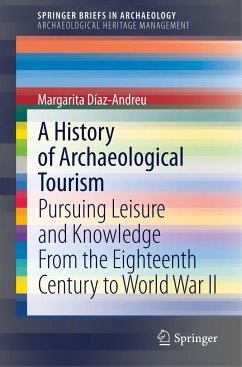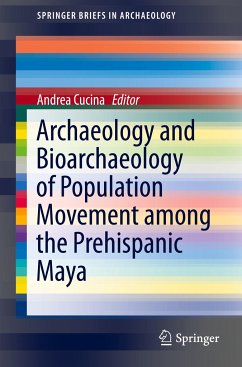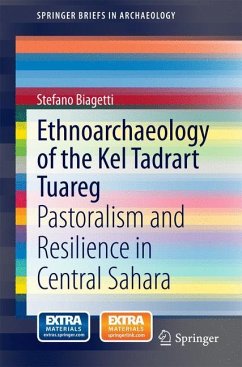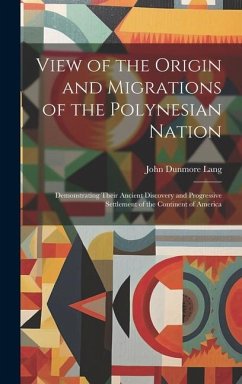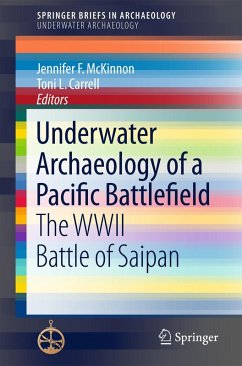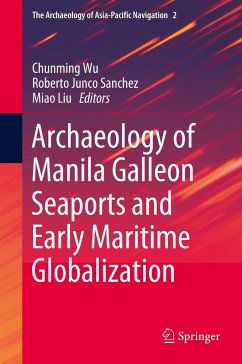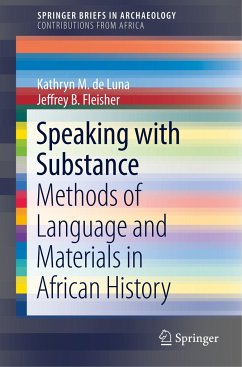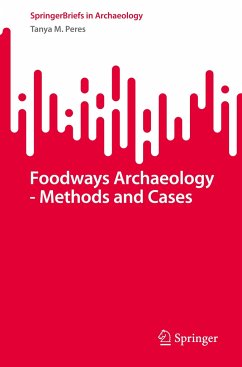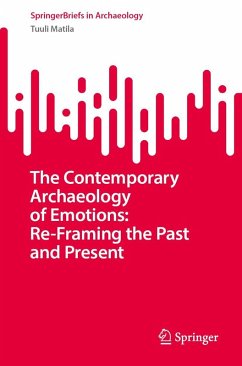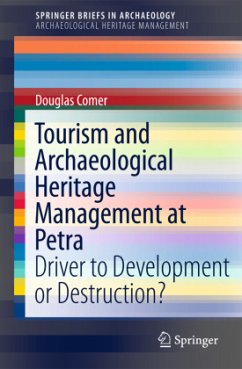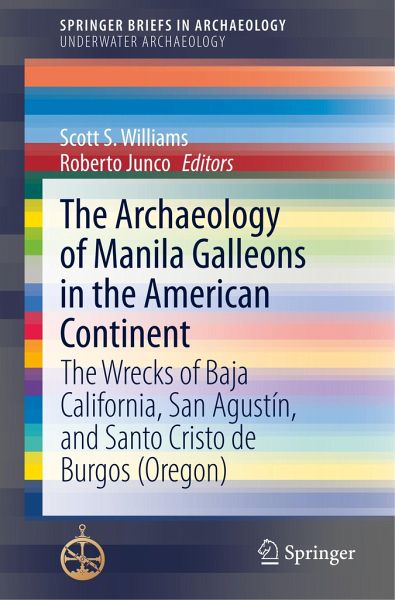
The Archaeology of Manila Galleons in the American Continent
The Wrecks of Baja California, San Agustín, and Santo Cristo de Burgos (Oregon)
Herausgegeben: Williams, Scott S.; Junco, Roberto

PAYBACK Punkte
27 °P sammeln!
This is the first book devoted to the topic of Manila galleon shipwrecks in North America; previous research on Manila galleons either has focused on the economics of the Manila galleon trade or has been limited to reports of the galleon wreck sites in the western Pacific salvaged for their cargoes. All three North American shipwrecks are protected under the historic preservation laws of the United States or Mexico, and each shipwreck site has been investigated by professional archaeologists seeking to answer research questions posed in peer-reviewed research designs.The majority of Manila gal...
This is the first book devoted to the topic of Manila galleon shipwrecks in North America; previous research on Manila galleons either has focused on the economics of the Manila galleon trade or has been limited to reports of the galleon wreck sites in the western Pacific salvaged for their cargoes. All three North American shipwrecks are protected under the historic preservation laws of the United States or Mexico, and each shipwreck site has been investigated by professional archaeologists seeking to answer research questions posed in peer-reviewed research designs.
The majority of Manila galleon wrecks are found in the western Pacific and were salvaged by treasure hunters rather than recovered by archaeologists. The three North American shipwrecks represent the most protected Manila galleon archaeological sites, so their potential for future archaeological research is higher than for many of the extant shipwrecks of the western Pacific.
The majority of Manila galleon wrecks are found in the western Pacific and were salvaged by treasure hunters rather than recovered by archaeologists. The three North American shipwrecks represent the most protected Manila galleon archaeological sites, so their potential for future archaeological research is higher than for many of the extant shipwrecks of the western Pacific.



